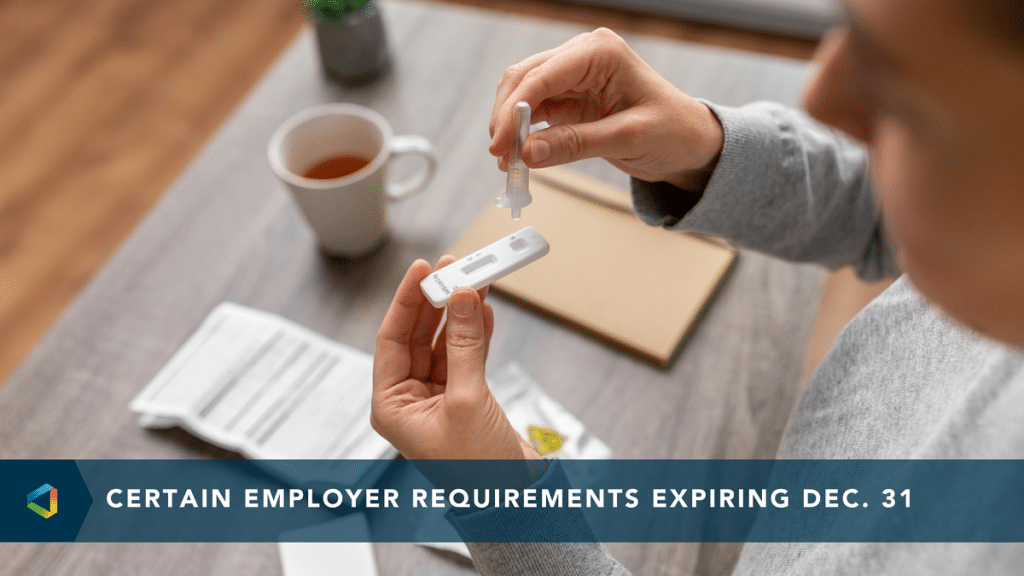The $940 billion Patient Protection and Affordable Care Act, or Health Care Reform, was signed into law in March of 2010 by President Obama and is projected to extend coverage to approximately 32 million Americans.
Different aspects of the law will be implemented over a 10-year period. It’s no surprise that now, more than ever, questions keep popping up as major coverage expansion is taking place in just a few short weeks. Add to that the White House announcement allowing the delay of the cancellation of insurance plans and it’s no wonder that the questions just keep coming.
From discussions with employers regarding upcoming renewal decisions, to casual dinner conversations with family and friends, to dialogue with employees at open enrollment meetings—Health Care Reform questions seem to be a common theme. Below is a list of the most frequently asked questions, complete with simplified answers, which I hope will make the law easier to wrap your head around.
Q: What is the individual mandate?
A: All U.S. citizens and legal residents, with a few exceptions, must have minimum essential coverage beginning January 1, 2014. "Minimum essential coverage" can be a government sponsored plan, employer sponsored plan or an individual plan.
Q: Are children required to have coverage?
A: Yes, the mandate includes children as well. An adult or married couple who can claim a child or another individual as a dependent for federal income tax purposes is responsible for making the payment if the dependent does not have minimum essential coverage and does not qualify for an exemption.
Q; What is the penalty for not having minimum essential coverage?
A: If a person cannot keep minimum essential coverage, the Internal Revenue Service will collect a tax penalty when filing the following year’s tax return. The monthly tax penalty is described as 1/12th of the greater of:
- For 2014: $95 per uninsured adult in the household (capped at $285 per household) or one percent of the household income over the filing threshold
- For 2015: $325 per uninsured adult in the household (capped at $975 per household) or two percent of the household income over the filing threshold
- For 2016: $695 per uninsured adult in the household (capped at $2,085 per household) or 2.5 percent of the household income over the filing threshold
The penalty will be half of the amount for people under age 18.
Q: Is anyone exempt from the individual mandate?
A: There are some individuals that are exempt and will not face tax burdens for failing to maintain minimum essential coverage. Some examples are: religious conscience, Indian tribes and incarcerated individuals. Also, there is a short coverage gap provision that states those who don’t have minimum essential coverage for less than three consecutive months during the year don’t have to pay the penalty.
Q: What is an Exchange?
A: Exchanges refer to the same thing as Health Insurance Marketplaces and are a state by state creation, that should be open in all states by Fall of 2013. Marketplaces are being developed as new options where individuals and small employers can compare and purchase qualified health insurance plans. Coverage under policies purchased through the Marketplace can begin as early as January 1, 2014, and individuals can start enrolling on October 1, 2013. Visit www.healthcare.gov for more information.
Q: Does Connecticut have its own marketplace?
A: Connecticut’s Marketplace is known as AccessHealthCT and can be accessed through www.accesshealthct.com.
Q: What is the notice I received from my employer recently?
A: All employees should have been provided with a notice that contains information about the new Health Insurance Marketplace from their employer because it was a requirement of the Health Care Reform law.
Q: What are subsidies and who is eligible?
A: Beginning in 2014, a Federal Premium Assistance Tax Credit is available to eligible individuals to subsidize the cost of insurance coverage purchased through a state exchange. Eligibility for a subsidy is based on income. The individual’s household income must be between 100 percent and 400 percent of the federal poverty level. However, individuals who are eligible for employer sponsored coverage that is “affordable” and provides “minimum value” are not eligible for the subsidy.
Q: What other changes are occurring in 2014?
A:
- No one will be denied coverage based on a pre-existing condition.
- There will be no annual dollar limits on the amount plans will pay for “essential health benefits” each year
- The waiting period before coverage begins will not be more than 90 days
- If you participate in a clinical trial, plans will cover routine patient costs for care received as part of the clinical trial
- Cost-sharing limits: In-network out-of-pocket (OOP) maximums cannot exceed $6,350 individual/$12,700 family in 2014. These limits will be adjusted annually.
Q: What are the essential health benefits?
A: The law requires plans to not place annual dollar limits or lifetime maximums on the following benefits:
- Ambulatory patient services
- Emergency services
- Hospitalization
- Maternity and newborn care
- Mental health and substance abuse disorder services (including behavioral health treatment)
- Prescription drugs
- Rehabilitative and habilitative services and devices
- Laboratory services
- Preventive and wellness services and chronic disease management
- Pediatric services, including oral and vision care
Q: Where can I find more information on what’s been implemented so far?
A: More information can be found on www.healthcare.gov or on http://kff.org/health-reform.
Q: If employees are covered by a collective bargaining agreement, do employers have to follow health care reform rules?
A: Collectively bargained agreements must follow reform rules.
I hope that this Q & A provides a simple and basic primer on Health Care Reform. As always--we encourage you to contact your broker or legal counsel if you have additional questions.




